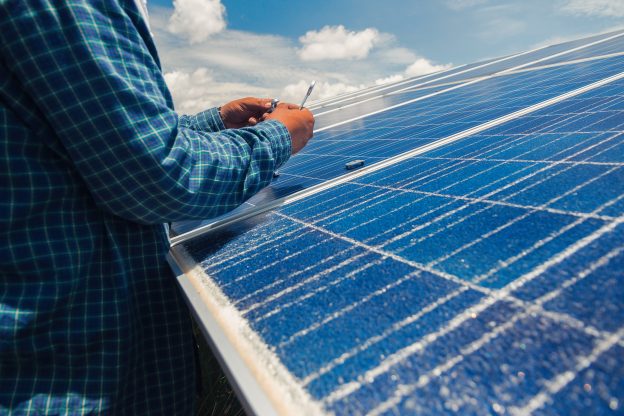JinkoSolar, a leading Chinese solar module producer, proudly announces a significant milestone in solar technology. Verified by the Shanghai Institute of Microsystem and Information Technology under the Chinese Academy of Sciences (CAS), JinkoSolar has achieved an exceptional 33.24% power conversion efficiency for its perovskite-silicon tandem solar cell, built on n-type wafers.
JinkoSolar proudly announces the certification of its latest achievement by the esteemed Shanghai Institute of Microsystem and Information Technology under the Chinese Academy of Sciences (CAS). The company has surpassed previous records, achieving a remarkable cell efficiency of 33.24% for its perovskite-silicon tandem solar cell, a notable improvement from its previous attempt at 32.33% for the same device configuration.
The manufacturer attributes the significant increase in conversion efficiency for the perovskite/TOPCon tandem solar cell to a series of innovative advancements in materials and technology. These include ultra-thin poly-Si passivated contact technology, novel light-trapping techniques, an intermediate recombination layer with high light transmittance and carrier mobility, and efficient surface passivation using hybrid materials. However, specific technical details were not provided by the manufacturer.
In November 2023, Chinese manufacturer Longi claimed the title for the world's highest efficiency in perovskite-tandem solar cells, achieving an impressive 33.9% efficiency. This milestone surpasses the record set just months prior by Saudi Arabia's King Abdullah University of Science and Technology (KAUST), which announced a perovskite-silicon tandem device boasting an efficiency of 33.7%.
Researchers at Germany's Fraunhofer Institute for Solar Energy Systems (Fraunhofer ISE) have revealed that the practical power conversion efficiency potential of perovskite-silicon tandem solar cells could soar to as high as 39.5%. To surpass this efficiency threshold, they suggest a shift in cell architecture, advocating for the replacement of buckminsterfullerene (C60) with a more transparent electron transport layer. Additionally, they propose finding alternative materials to indium tin oxide (ITO) layers that offer enhanced transparency.
From PV Magazine







